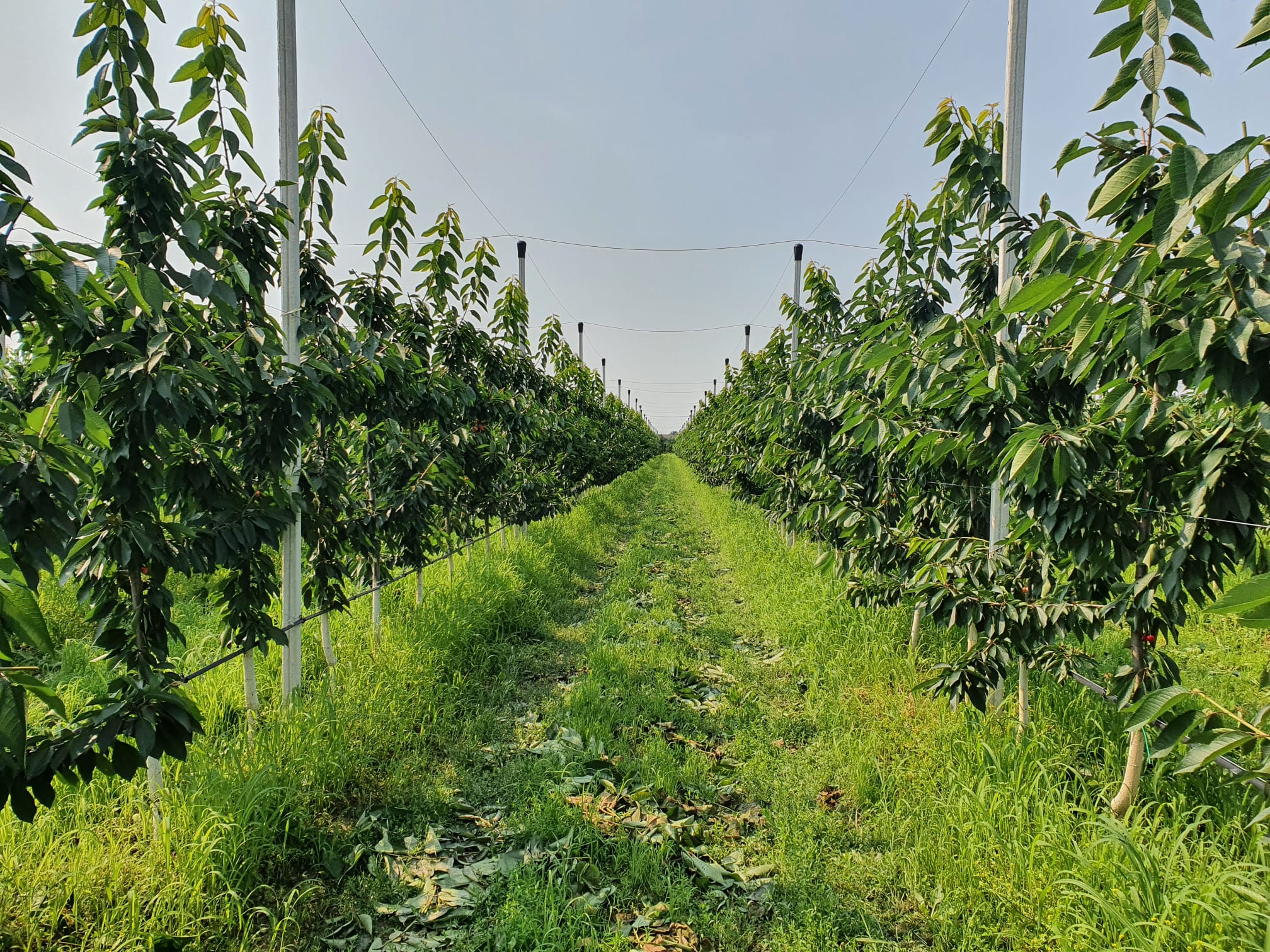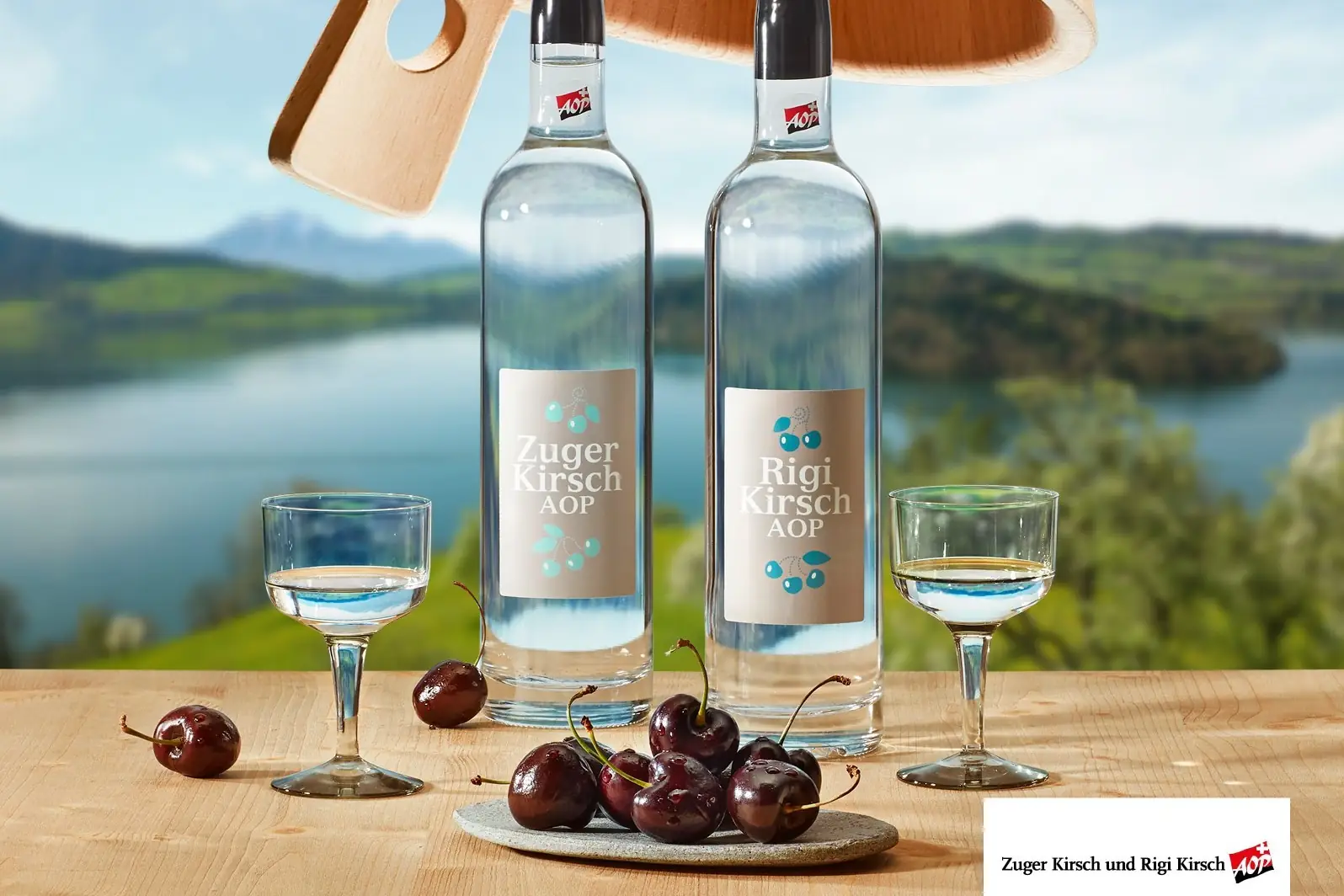Sweet cherries are rich in bioactive compounds that offer numerous health benefits. A recent study conducted by Kazazic and colleagues from Bosnia-Herzegovina aimed to understand how different combinations of cultivar and rootstock influence the concentration of these beneficial compounds. Specifically, the study focused on two sweet cherry cultivars, "Kordia" and "Regina," grafted onto three rootstocks: Gisela 6, PiKu 1, and SL 64.
The study investigates the effect of these combinations on the total phenol and anthocyanin content, the content of individual phenolic compounds, and the antioxidant activity in fruits. The methods used were spectrophotometry (using the Folin-Ciocalteu reagent) and high-performance liquid chromatography (HPLC).
The researchers measured the levels of these bioactive compounds in various samples, and the results showed significant variability in concentration depending on the specific combination of cultivar and rootstock. For example, the "Regina" cultivar grafted onto the "Gisela 6" rootstock showed the highest levels of total phenolic and anthocyanin content in the fruit.
The total phenolic content in sweet cherry fruits varied widely, from 34.84 to 149.28 mg gallic acid equivalents (GAE) per 100 grams of fresh weight, while the anthocyanin content ranged from 0.46 to 11.54 mg cyanidin-3-glucoside equivalents (CGE) per 100 grams of fresh weight. Interestingly, the antioxidant activity was strongly correlated with the levels of these phenolic and anthocyanin compounds, suggesting that higher concentrations of these compounds could enhance the sweet cherries' health benefits.
The HPLC analysis provided more detailed insights into the specific phenolic compounds present in the fruits, identifying neochlorogenic acid, catechin, chlorogenic acid, and quercetin-3-O-glucoside as the main phenolics. These compounds are known for their potent antioxidant properties, which can protect cells from oxidative damage and reduce the risk of various diseases.
The study's results underscore the importance of choosing the right combination of cultivar and rootstock to optimize the bioactive compound content in sweet cherries. The significant variations observed among different combinations also suggest the potential for selective breeding and cultivation strategies aimed at producing sweet cherries with higher levels of antioxidant and health-promoting compounds.
In conclusion, this research provides valuable insights on how different combinations of sweet cherry cultivars and rootstocks can influence the fruit levels of bioactive compounds. By understanding these interactions, growers can make informed decisions to cultivate cherries that not only have good taste and color but also offer greater health benefits.
Likewise, consumers can choose higher quality fruits in terms of health value. In the future, planting choices will increasingly consider the qualitative aspects of the fruits.
Source: Kazazic, M., Mehic, E., Aliman, J., & Djapo-Lavic, M. (2024). The bioactive compounds of sweet cherry fruits influenced by cultivar/rootstock combination. Horticultural Science, 51(1), 23-28. DOI: 10.17221/47/2023-HORTSCI.
Image: SL Fruit Service
Andrea Giovannini
University of Bologna (IT)
Cherry Times - All rights reserved












